How Theatre Survives
How digital will soon support brick and mortar
In 2009, I had a hand in launching Singularity University (SU), a future-oriented educational venture with the mission of empowering civic and commercial leaders to prepare for the future. The extreme version of the pitch was harsh but sweet: robots may come to kill you in your sleep. But you can take control of those robots. It was just weeks after Obama was sworn into office, and there was hope in the air.
The air was just as sweet when I dropped by 2013 to hear a lecture by Matt Ridley, a gangly, exuberant journalist who had just published a book with the sunny title, The Rational Optimist. Ridley’s perspective, shared by many others at SU, was that despite the moaning of the worrying class, the world, as we know it — according to the data — is doing just fine. In line graph after line graph, Matt showed how health, wealth, longevity, and other measures of wellness, have persistently improved over the course of history, despite a speed bump here and there. It was stirring presentation, and I was almost entirely sold if it were not the benign neglect for the people affected by those speed bumps. What were people doing during those time? Did civilization just wait it out during the Great Plague, for example? Or did crises of that magnitude inspire people to get off their butts and take action? And how does this perspective make sense in the SU world, where the remedy to a scary future is taking action today?
These past few weeks, I’ve been thinking of Mr. Ridley and the possible harm that could come to unthinking people for being so optimistic. There’s the fatal — actually fatalistic — flaw of just believing that “it will “all work out in the end.” That’s what I have been seeing in some sectors of the theatre world, where I am artistic director of a small professional company. Itwillallworkoutintheend-ism ignores the demands of the present, and I can’t help it that I live in the present.
The big shift
But in fact, I’m optimistic about theatre. From where I sit, the kitchen table in my home, there’s never been a better moment in my lifetime for reimagining the arc of this ancient art.
Anyone following the business will tell you that it has been on the ropes for decades. And over the last century, film and TV — its rich cousins — have feasted through times of famine. One reason why: the business model cannot scale. Not just because people running theaters don’t have business sense. If you can’t run a business, you’ll be through in less than a year. The bigger problem is that few quality brick-and-mortar theatre companies can persistently grow to provide a living wage for their artists. And then think of the business-makers in theatre, some of them great artists in their own right. What’s the second-worst job in theatre: a small theatre producer. What’s the worst: being married to one.
Not that being a film or TV producer is easier. But the potential to earn a living is greater assuming a little bit of luck and a lot of drive. And for actors, if they can get the work, life can be better. It might be even better for actors who can find a way to take their professional lives into their own hands and start their own ventures. That’s what the indie film movement taught budding directors. And it’s essentially what the rational optimists at SU and their neighbors in Silicon Valley advise leaders in all sectors: it’s a digital/hybrid world, that enables you to reach and connect with people no matter where they live. Today, that opportunity is to shed the absolute need for brick and mortar to start a project. And when you return to the physical world — the true temple of dramatic storytelling — that space will become more powerful and rewarding for audiences if it provides access to people all over the world.
I believe this. And I will be articulating this dream in both word and deed. Last week I launched a series on Forbes.com called The Theatre In The Cloud, documenting what Bay Area artists have done during the pandemic and how they are preparing for the future. And at Remote, we are continuing to explore the boundaries of this new medium, while enabling theatre artists — actors, writers, directors — to get seen and feed the new-play and film production cycle. Stay tuned. In tomorrow’s post on Forbes, I will look at how one artist, Michael Gene Sullivan of the Tony-Award-winning San Francisco Mime Troupe, accelerated the path to production of a new play in a matter of months, by beginning with a online reading. We’re betting it’s just a sign of what’s to come in post-pandemic American theatre.
